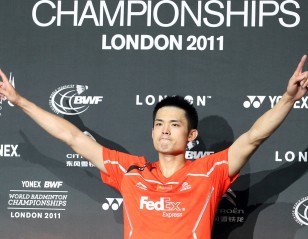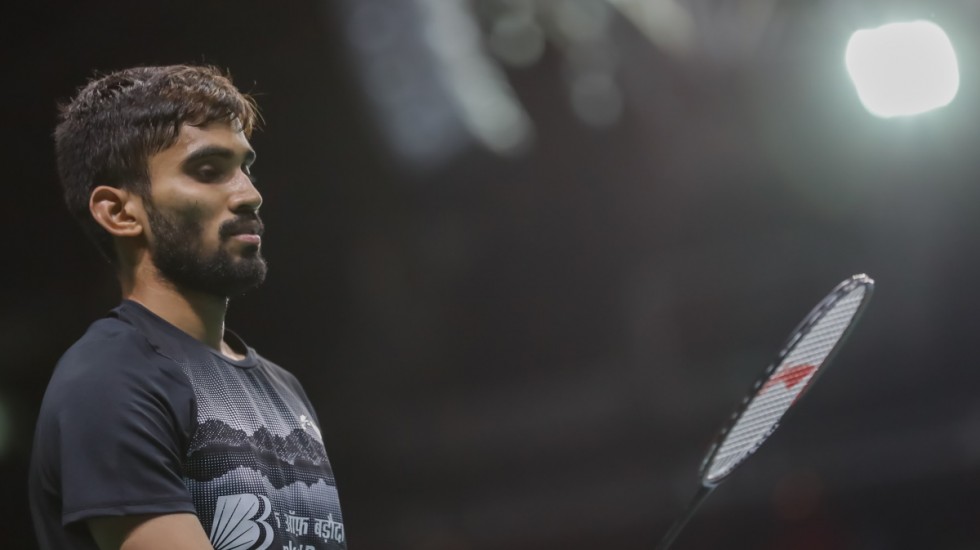
Kidambi Srikanth – A Search for Form
Kidambi Srikanth assures himself that things will turn around; that staying injury-free and working hard are key to recapturing the peak that he once occupied.
It’s a sentiment he often expresses; it’s a response he offers spontaneously to questions on form.
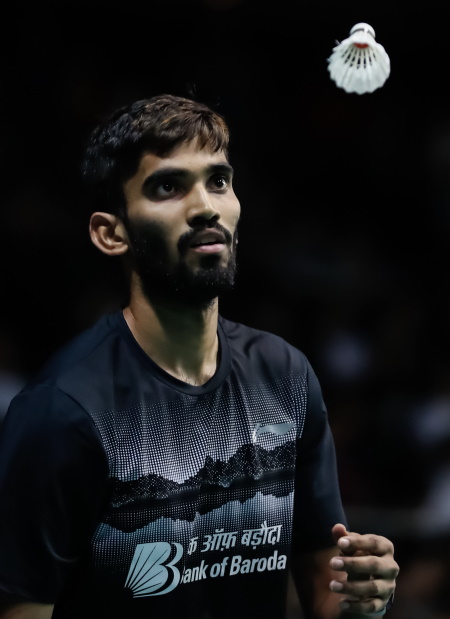 From a heady time of winning titles breezily, to struggling to stitch up a sequence of wins, the Indian has witnessed first-hand the vagaries of form.
From a heady time of winning titles breezily, to struggling to stitch up a sequence of wins, the Indian has witnessed first-hand the vagaries of form.
But what, really, is form?
What is its relationship with fitness, with confidence, with technical adaptability, and with coaching? Kidambi is having to confront these questions at a fundamental level.
The reference year for the Indian is 2017, when he won four Superseries out of five finals and rose to world No.1 on the back of those successes. The following two seasons however saw a steep fall – in the 24 events he played in 2018 and so far in 2019, he exited at the quarterfinals stage or earlier in 21; ten of those being first or second-round losses.
At the TOTAL BWF World Championships 2019 his struggles were manifest against opponents like Nhat Nguyen and Misha Zilberman, before he fell in rather lacklustre fashion to Thai 20-year-old Kantaphon Wangchaoren.
“It’s not like I’m playing badly,” Kidambi offered, after the Zilberman match. “The opponents really are playing a level higher. For them (lower-ranked opponents), it’s a big event, there’s not much to lose, so they play their heart out.”
It was his way of rationalising what would have seemed below-par performances when he was at his peak. There are many underlying aspects to form – and Srikanth has had to field questions on several of them, particularly on his self-belief.
“I definitely cannot say it’s a confidence issue, but if I keep winning some matches continuously, I’ll definitely get that confidence back,” says Kidambi, contradicting himself somewhat. “It’s definitely a matter of time. It’s nothing other than that. The moment you start winning some matches, you automatically gain that confidence and you feel you’re on top of the world, and you end up playing so well that you never even imagine.”
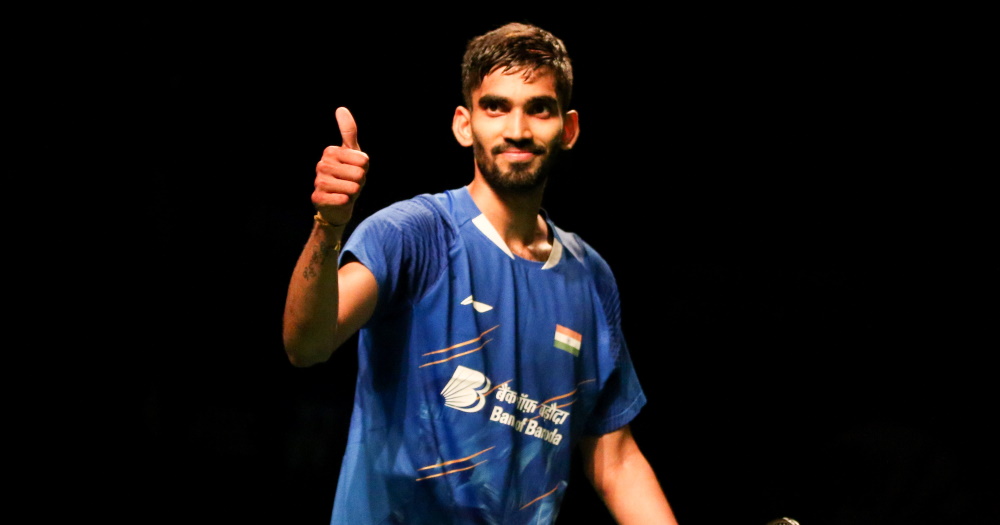
For Kidambi, his slide from No.1 to No.10 is mainly about the injuries that cropped up from time to time, which he says prevented him from establishing winning momentum.
“In the last eight to ten months, I haven’t been able to train for a longer period, I was getting injured and then coming back and training for a week or two and then playing a tournament, and then I’m pushing too much at tournaments and injuring myself again. I want to go back and train for a longer period, and I think if I can do that from now, for the next 12 months, I will be in good shape for the Olympics.”
A recurring question has been the shift of the Indonesian coach Mulyo Handoyo from India to Singapore; his exit coincided with Srikanth’s dipping fortunes.
Kidambi responds by pointing to the performance of Singapore’s singles shuttlers, two of whom did capture attention at the Worlds – Yeo Jia Min, who upset Akane Yamaguchi, and Loh Kean Yew, who nearly did the same against Chou Tien Chen.
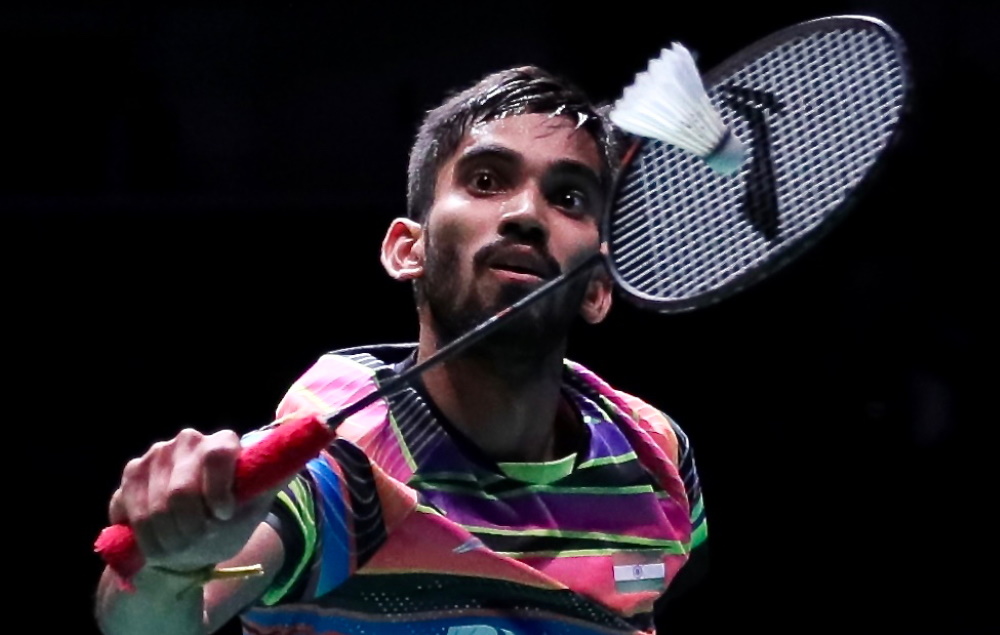
“I think Mulyo definitely made a lot of changes; it’s just not me, the others also performed really well in 2017 and you know, he definitely has something in him. If you see the Singapore players, they are doing well, like Loh Kean Yew, and Yeo Jia Min beating Yamaguchi, it’s not an easy thing. He’s definitely done that.
“I think he has that in him, he’s definitely made the change the moment he went to Singapore… We also have a Korean coach who’s doing really well. Personally, the issue is with me, it’s not with the coach for now. It’s more about playing continuously, training continuously.”
Is Kidambi’s dilemma on form therefore a classic chicken-and-egg situation – that he can’t build confidence without getting great results, and he can’t get great results if his confidence isn’t high?
He sounds certain on what he has to address.
“It’s about getting physically 100 per cent, about training really hard, that’s what matters for me now. I’m really not in a hurry to do it, I’m looking at the Olympics as a target, peaking at the Olympics, so it’s about gradually increasing the load.”
The nostalgia about 2017 is there, but he acknowledges he has to move on.
“People have moved on from there, people have improved from 2017, it’s been two years, and everyone might have moved a level higher. But for me, I might be playing at that same level. If I can train well and move a level higher, I will get there.”
World Championships News
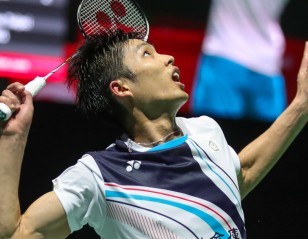
Lessons Learnt, Parting Perspectives 14 September 2019
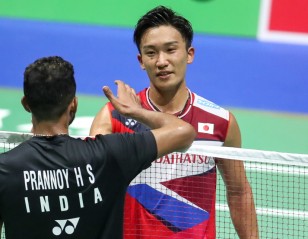
Momota, in the Eyes of his Opponents 12 September 2019
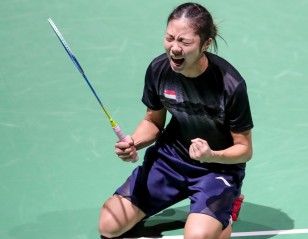
Recap: Upsets at the World Championships 10 September 2019
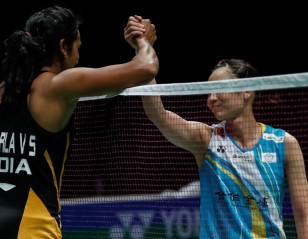
Recap: Memorable Matches of the World Championships 8 September 2019
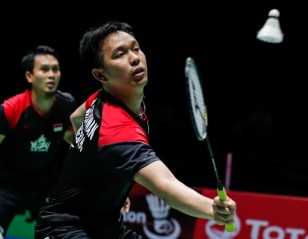
Highlights of the World Championships 7 September 2019
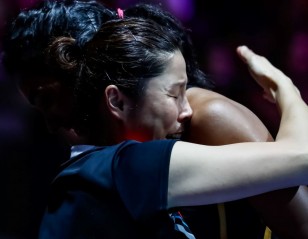
Played ‘Two’ Perfection – Basel 2019 4 September 2019

Badminton, Ice Hockey and the World Championships 4 September 2019

Three-Event Titan – 25th Edition World C’ships 3 September 2019

Legends of ’77 – 25th Edition World C’Ships 31 August 2019
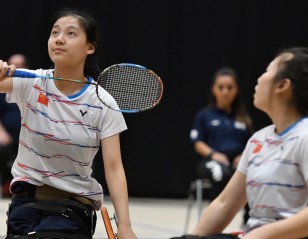
Para Badminton Event Comes to a Close – Basel 2019 27 August 2019
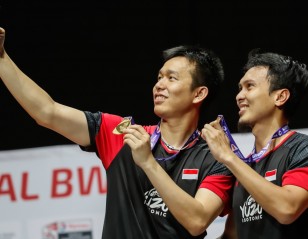
Wristy Trickery Wins the Day – Basel 2019 26 August 2019
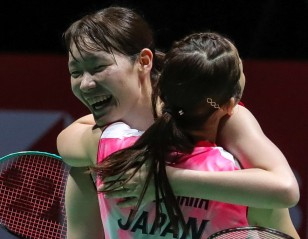
Great Comeback Falls Short – Basel 2019 26 August 2019
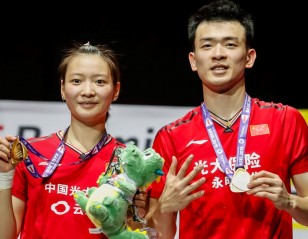
Mixed Doubles ‘Great Wall’ Intact – Basel 2019 26 August 2019
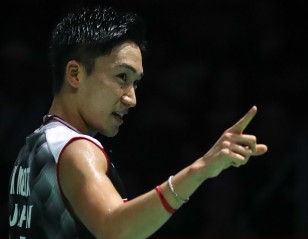
Antonsen Bows to Momota’s Class – Basel 2019 25 August 2019
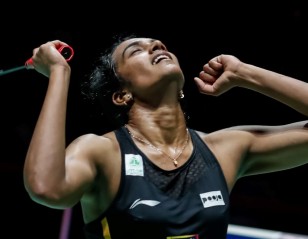
Gold – At Last! – Basel 2019 25 August 2019
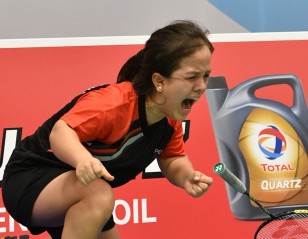
Poveda Makes It a First for Peru – Basel 2019 25 August 2019

Legend Who Broke Records and Paved the Way for Future Stars –... 25 August 2019
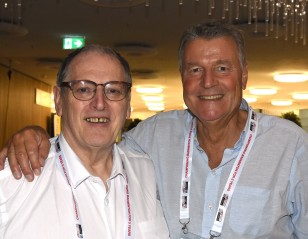
Ray’s a Real Sport – 25th Edition World C’Ships 25 August 2019
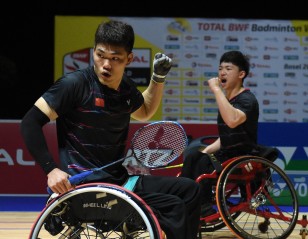
China Take Two Gold – Basel 2019 25 August 2019
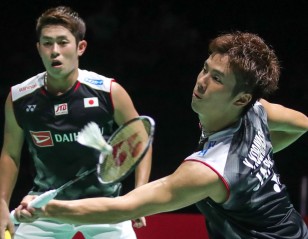
‘Upsetting’ Night for China – Basel 2019 24 August 2019
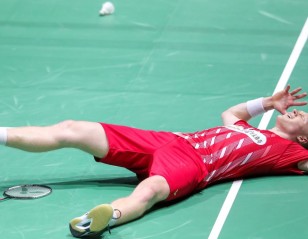
Antonsen’s ‘Insane’ Dream – Basel 2019 24 August 2019
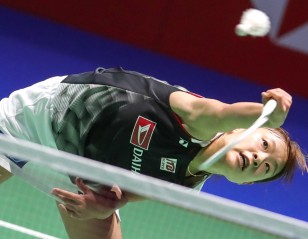
Glasgow ’17 on the Cards – Basel 2019 24 August 2019
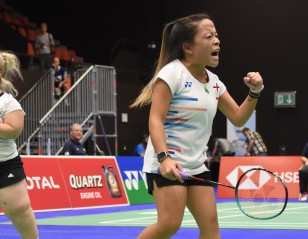
Five Down, Seventeen to Go – Basel 2019 24 August 2019
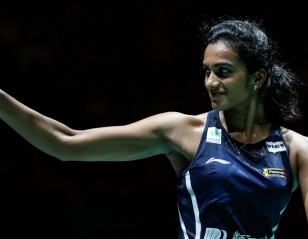
Sindhu Assures Herself: Tomorrow Will Be Different 24 August 2019
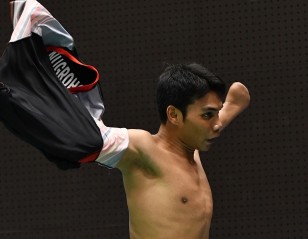
Para Badminton Athletes Turn It Up a Notch – Basel 2019 24 August 2019
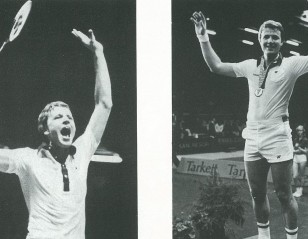
Flaming Dane Set Courts Aglow – 25th Edition World C’Ships 24 August 2019
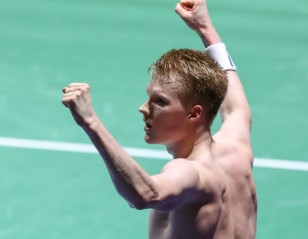
Antonsen Delivers for Europe – Basel 2019 23 August 2019
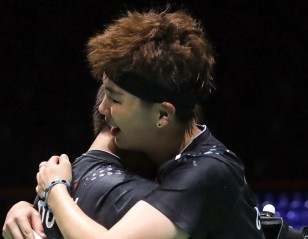
Du/Li Stand Tall After 2-Hour Epic – Basel 2019 23 August 2019
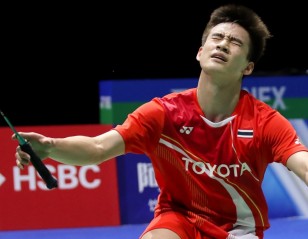
Kantaphon Leads Thailand’s Record Haul – Basel 2019 23 August 2019
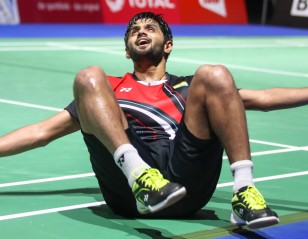
Sensational Session for India – Basel 2019 23 August 2019
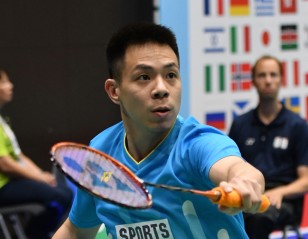
Tall Order for Standing Men – Basel 2019 23 August 2019
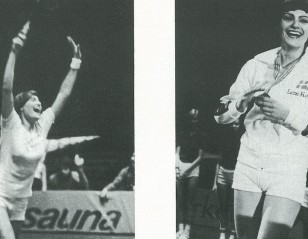
Crowd Pleasing Superstar – 25th Edition World C’Ships 23 August 2019
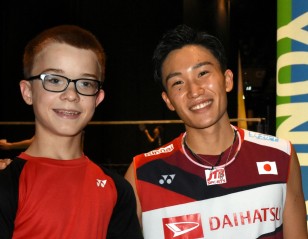
Teenage Shuttler Meets His Idol – Basel 2019 23 August 2019
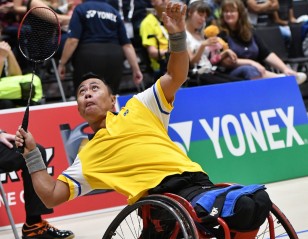
Wheelchair Top Seed Toppled – Basel 2019 23 August 2019
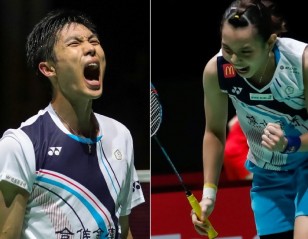
‘Two’ Much Trouble! – Basel 2019 22 August 2019
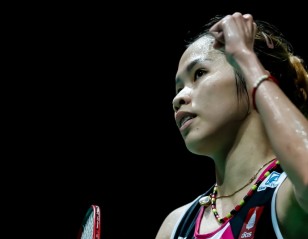
Intanon Survives Scare – Basel 2019 22 August 2019
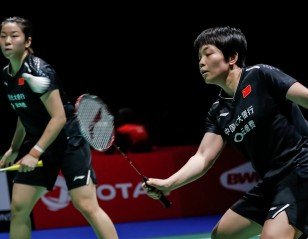
BWF Statement – TOTAL BWF World Championships 2019 22 August 2019
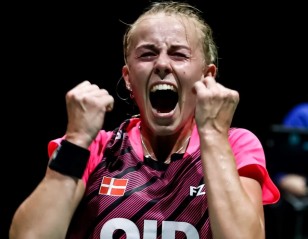
Belated Birthday Blitz! – Basel 2019 22 August 2019
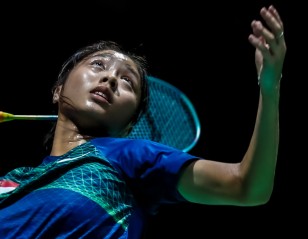
Back Problem Doesn’t Stall Jia Min – Basel 2019 22 August 2019
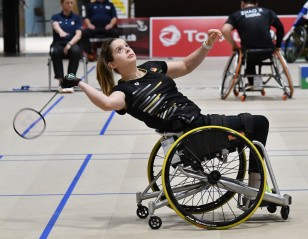
Girl Power – Basel 2019 22 August 2019
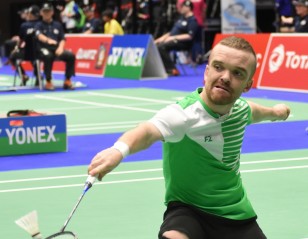
Group Rounds Move into Main Draw – Basel 2019 22 August 2019
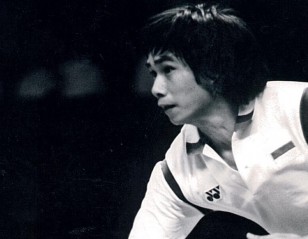
Lessons from the Seventies – 25th Edition World C’Ships 22 August 2019
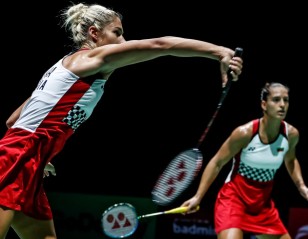
Women Getting in Gear – Basel 2019 21 August 2019
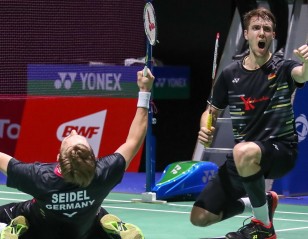
German Shock for Fifth Seeds – Basel 2019 21 August 2019
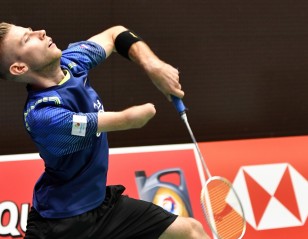
I Feel at Home says Mroz – Basel 2019 21 August 2019
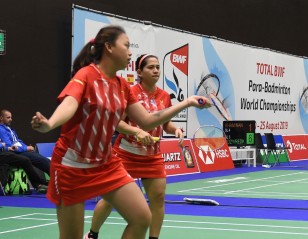
The Power of the Mind – Basel 2019 21 August 2019
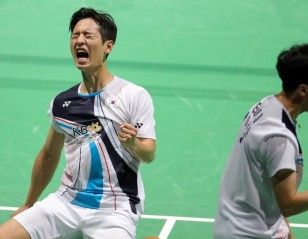
Minions Crash Land at Worlds Yet Again – Basel 2019 21 August 2019
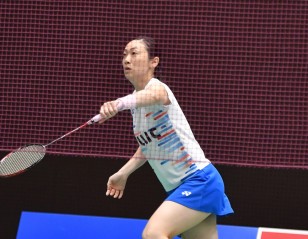
Suzuki Banks on Experience Over Age – Basel 2019 21 August 2019
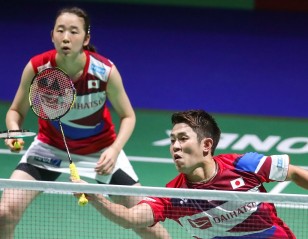
Nagahara ‘Mixing It Up’ – Basel 2019 20 August 2019
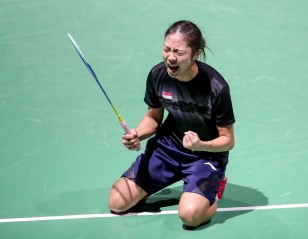
Jia Min Ousts Top Seed – Basel 2019 20 August 2019
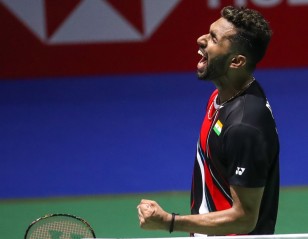
Lin’s Challenge Sputters Out – Basel 2019 20 August 2019
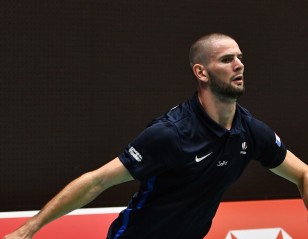
Mazur On Track to Retain Crown – Basel 2019 20 August 2019
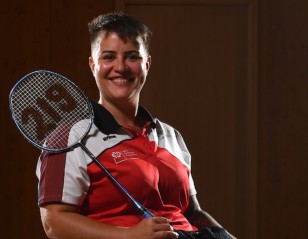
Trading One Set of Wheels for Another 20 August 2019
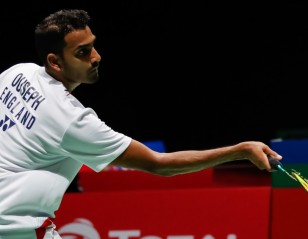
Ouseph Exits Stage, Bids Goodbye – Basel 2019 19 August 2019
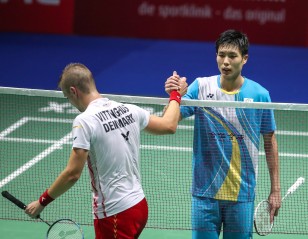
Chou Survives Danish Test – Basel 2019 19 August 2019
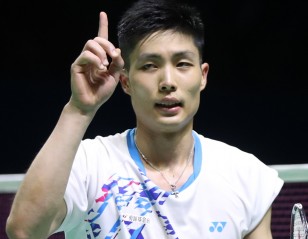
A Title Dedicated to a Battle Against Cancer 19 August 2019
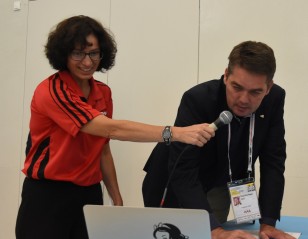
Draw Provides an Even Playing Field for All 18 August 2019
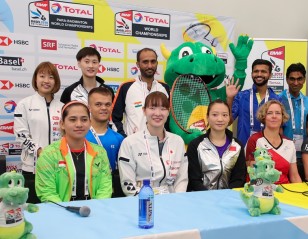
Para-llel Event a Unique Experience for Badminton Fraternity 18 August 2019
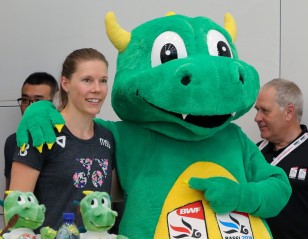
An Occasion to Cherish for Jaquet – Basel 2019 18 August 2019
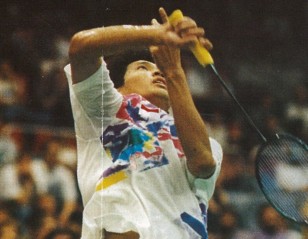
‘100 Watt Smash’ that Lit Up Lausanne – 25th Edition World C’Ships 17 August 2019
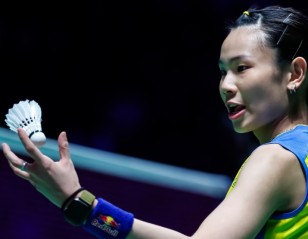
Preview: Worlds of Opportunity 17 August 2019
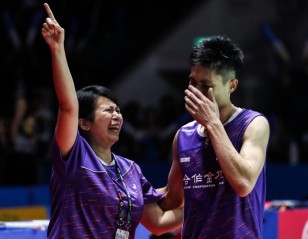
By Chou’s Side 16 August 2019
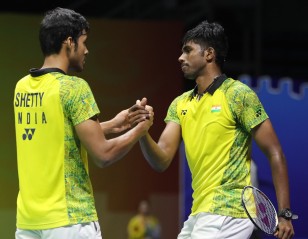
Satwik/Chirag to Miss World Championships 16 August 2019
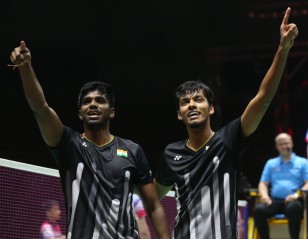
Indian Pair Blazes a Trail 15 August 2019
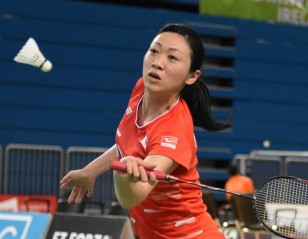
Awesome Threesome of SU5 – Para Badminton World C’Ships 14 August 2019
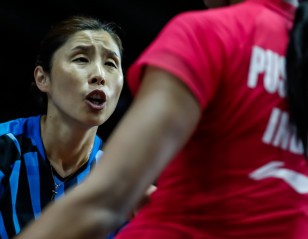
Life Lessons, From Coach Kim Ji Hyun 14 August 2019
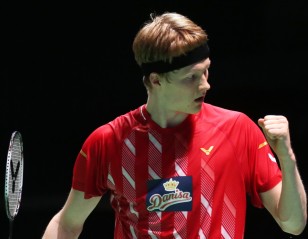
Free of Pressure, Antonsen Senses His Chance 13 August 2019
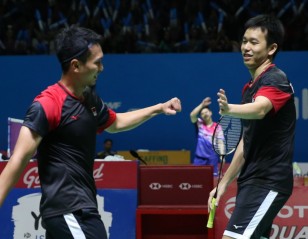
Ahsan/Hendra Play it Cool Despite Hot Form 11 August 2019
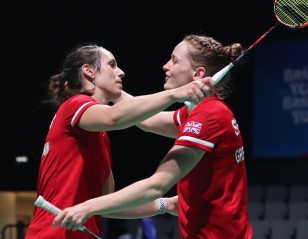
England Duo Anticipate Fruitful Week in Basel 10 August 2019

Women’s Singles Re-Draw – TOTAL BWF World Championships 2019 9 August 2019
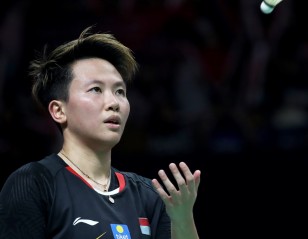
Winny Will Need Support: Liliyana Natsir 8 August 2019
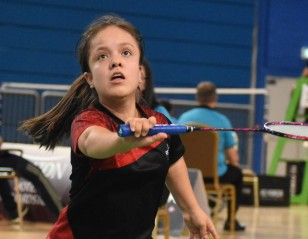
Sports Upbringing Gives Edge to Poveda 7 August 2019
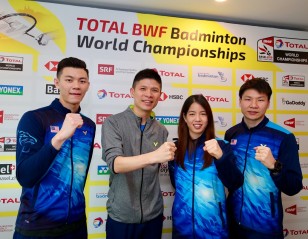
World Championships Draw Released 5 August 2019
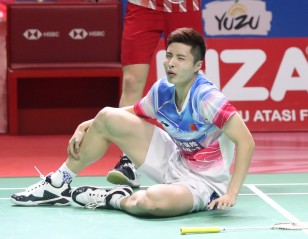
Marin, Shi Join Axelsen on Sidelines 5 August 2019
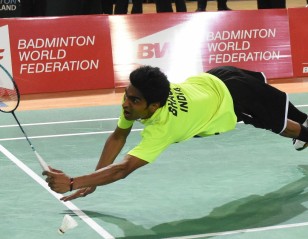
New Para Badminton Chapter Unfolds in Basel 1 August 2019
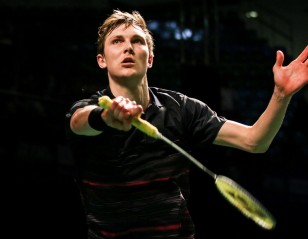
Injured Axelsen Withdraws From World Championships 31 July 2019
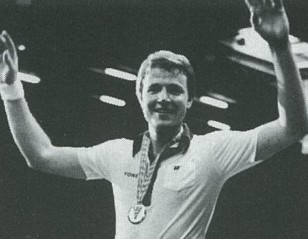
From Malmo to Basel – 25th Edition World C’Ships 30 July 2019
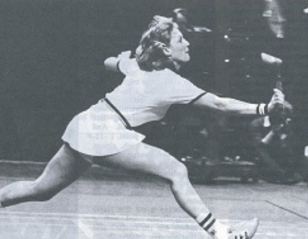
Famous Five and the Good Old Days – 25th Edition World C’Ships 19 July 2019
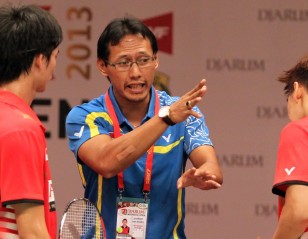
Revisiting a Hero: Sigit Budiarto 11 July 2019
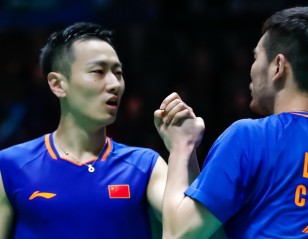
History Beckons Zhang Nan 10 July 2019
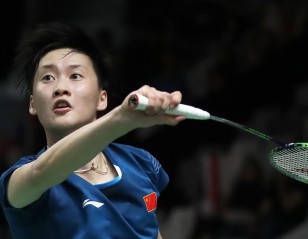
Chen To Lead China’s Charge 9 July 2019
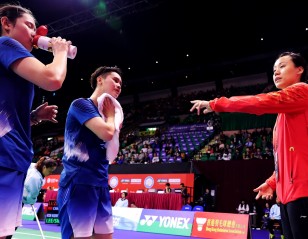
19 Days Left To Register for World Coaching Conference 26 June 2019
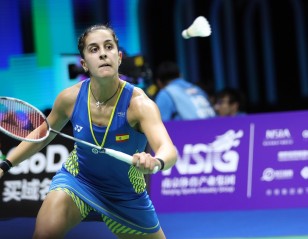
Marin on the Mend and Eyes Return 22 June 2019
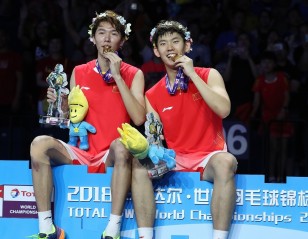
Two Months To Go – World C’Ships Countdown 19 June 2019
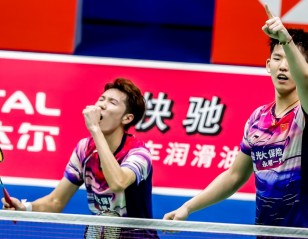
Li & Liu – Stepping Up When It Matters 7 June 2019
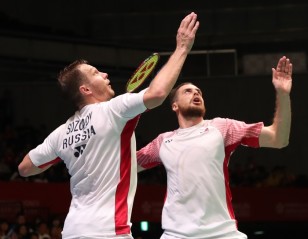
Ivanov & Sozonov Rekindle The Fire 3 June 2019
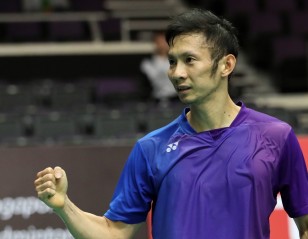
Tien Minh – Veteran Still Chasing His Dreams 2 June 2019
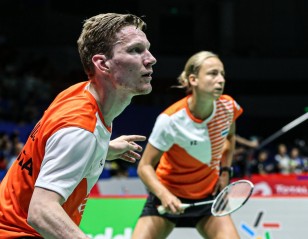
Confidence Boost for Dutch Duo 1 June 2019
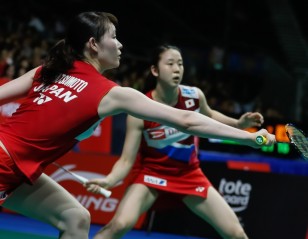
Matsumoto & Nagahara: Rapid Ascent to Pinnacle 8 May 2019
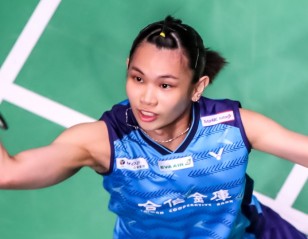
Tai Eases into Top Gear 25 April 2019
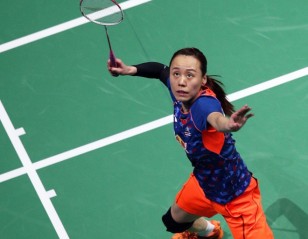
Zhao Yunlei Star Speaker at Coaching Conference 24 April 2019
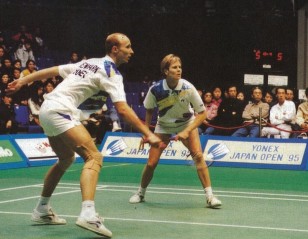
‘The Physical Level Has Gone Up’ 22 April 2019
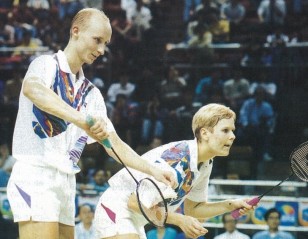
Memories of Lausanne 1995 20 April 2019
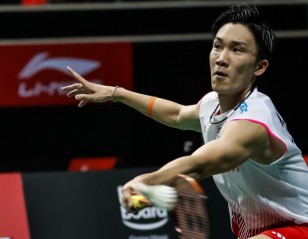
Momota Sets the Pace, but Speedbreakers Lurk 18 April 2019
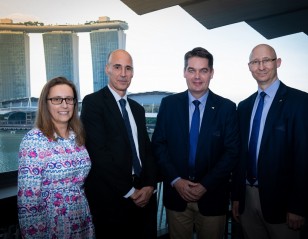
BWF and Total Celebrate Five Years of Partnership 18 April 2019
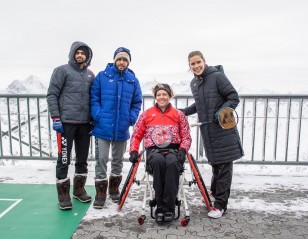
Badminton Thrust into Bright Lights – World C’Ships 13 March 2019

Gold and Glory for Arbi – Throwback ’95 World C’ships 19 February 2019

GoDaddy Extends Major Events Partnership with BWF 11 February 2019
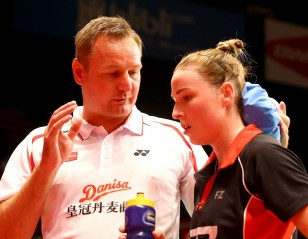
Star speakers assembled for BWF World Coaching Conference 2019 30 January 2019
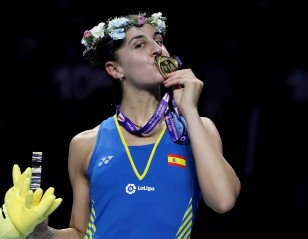
Singles Champions – Down the Ages 20 December 2018
